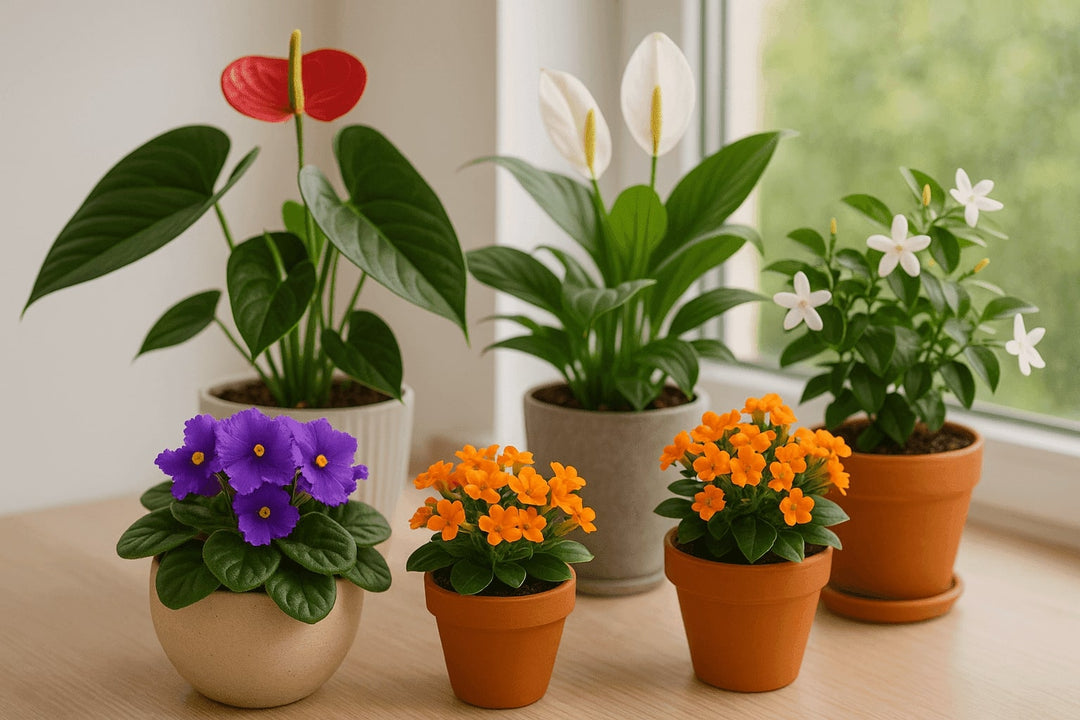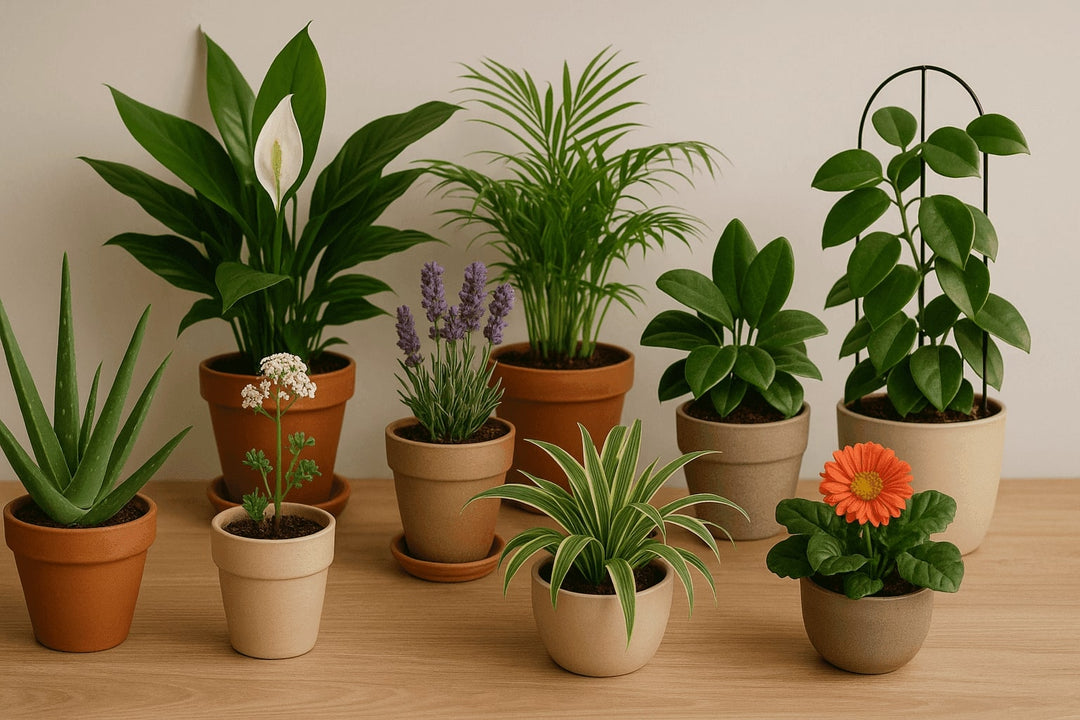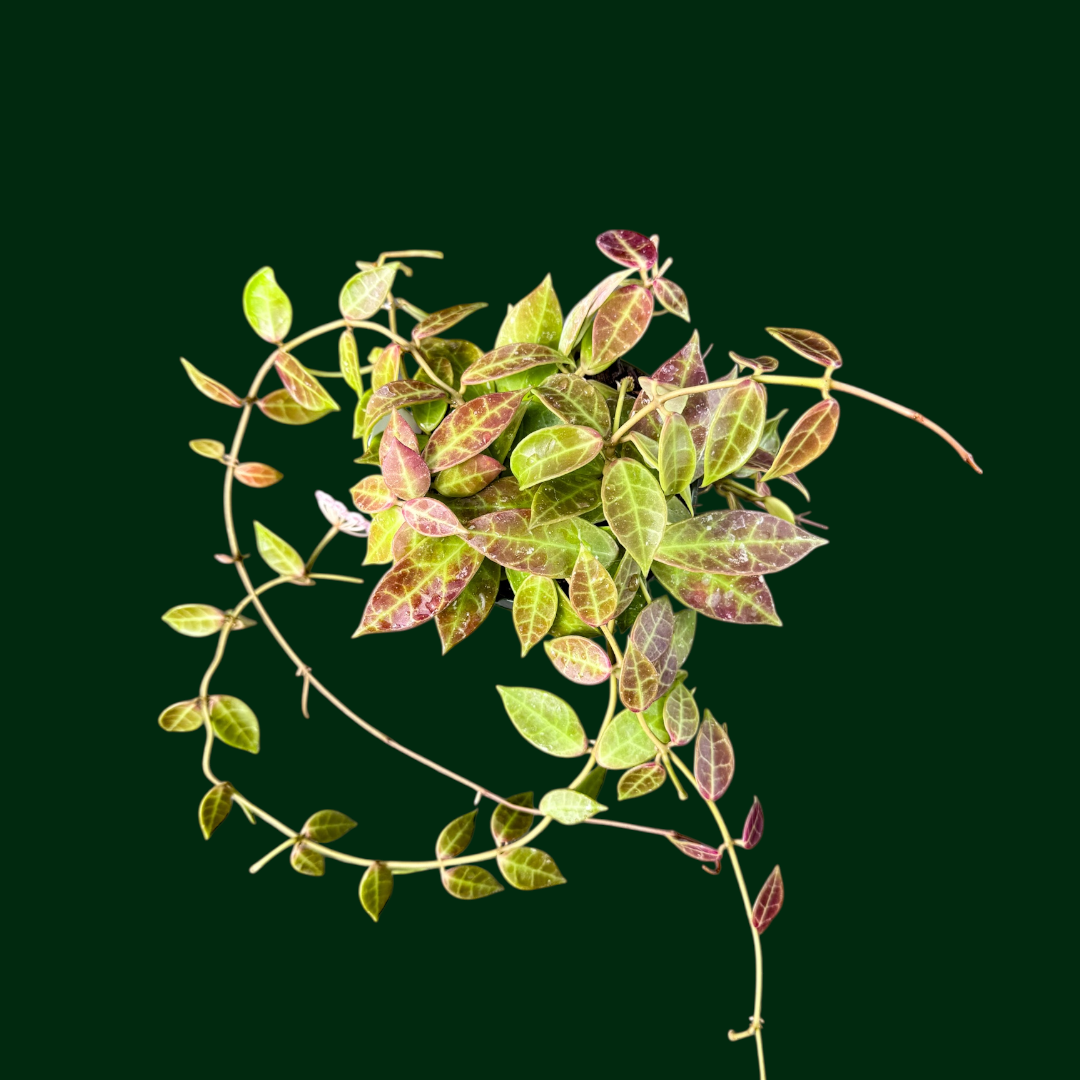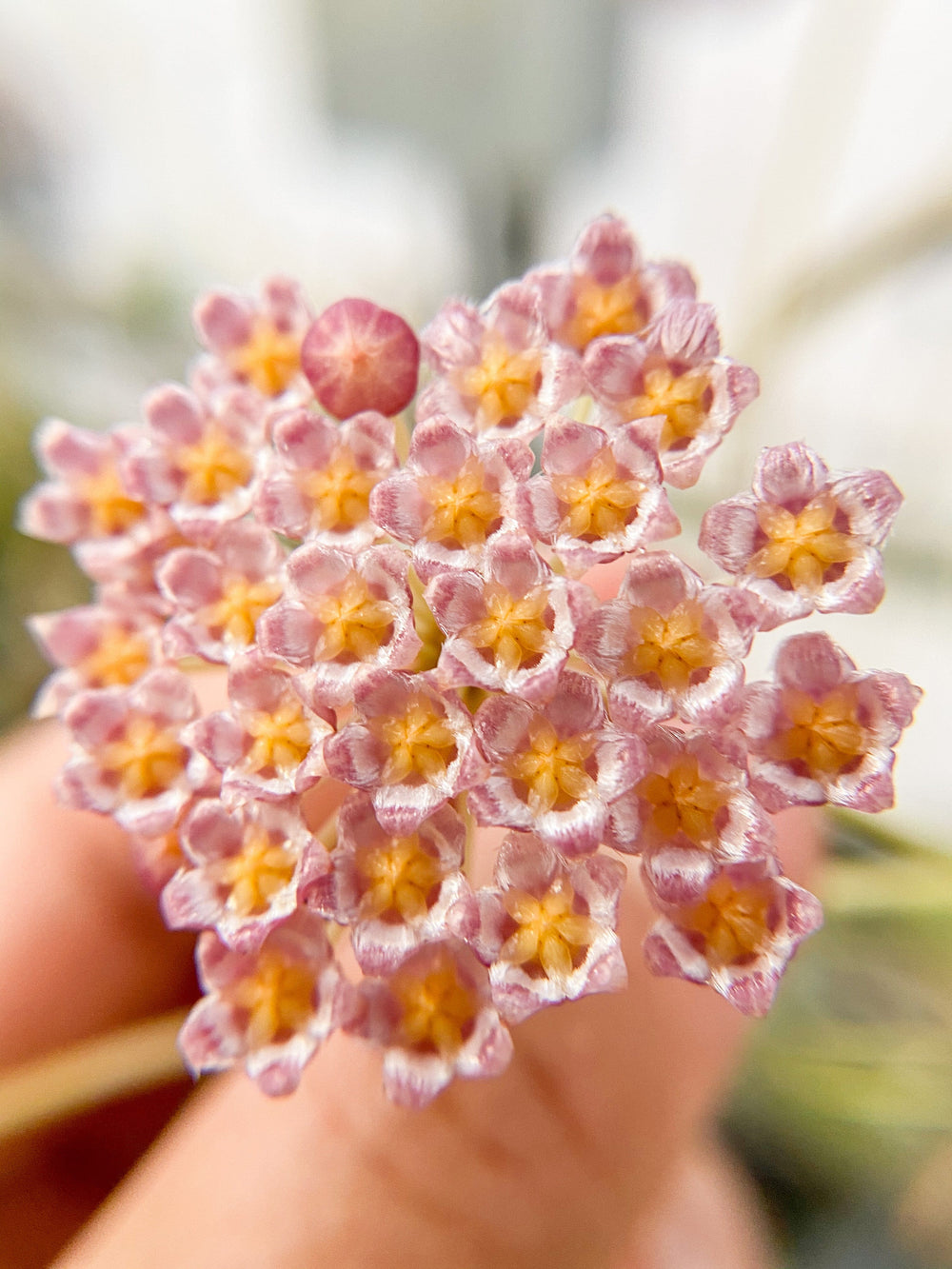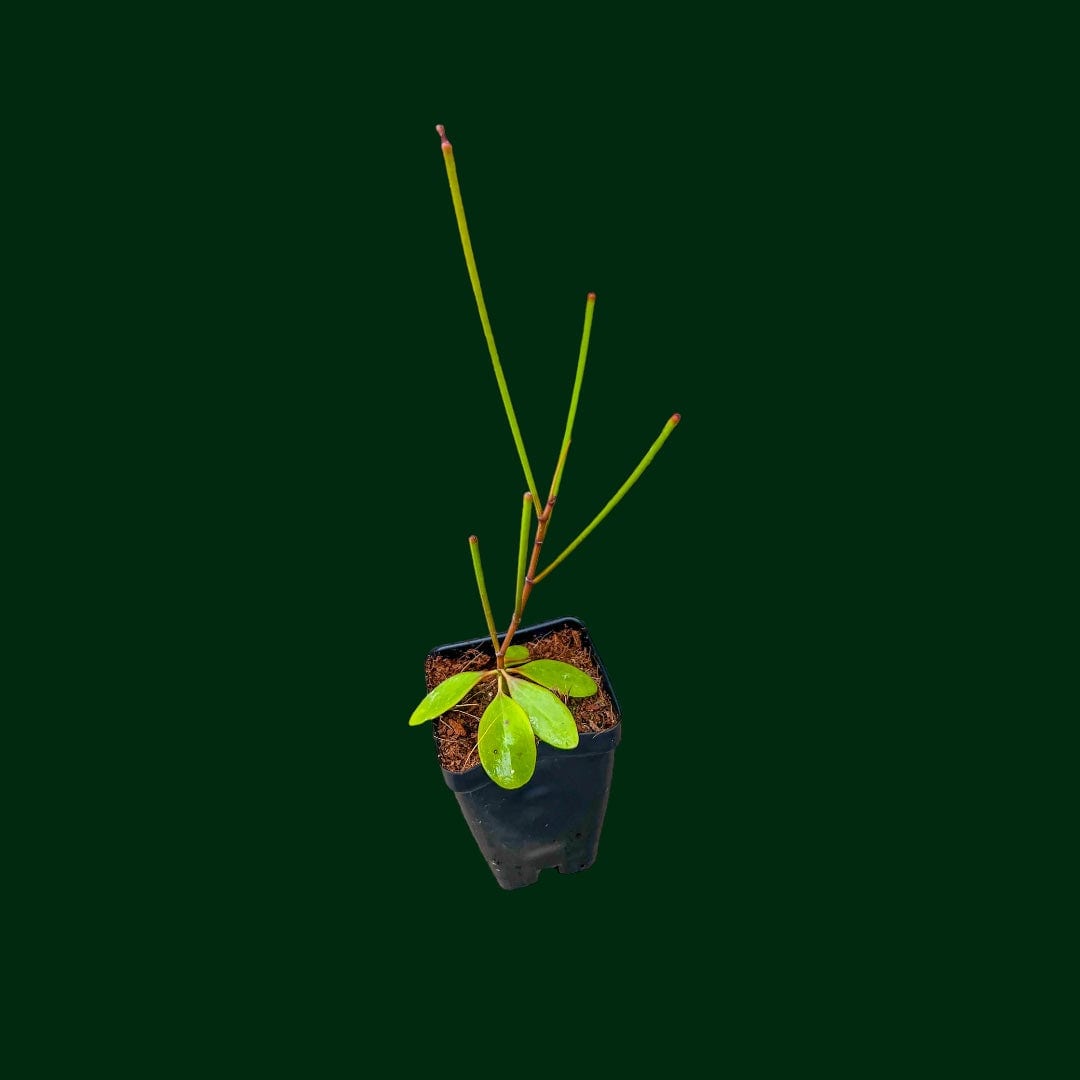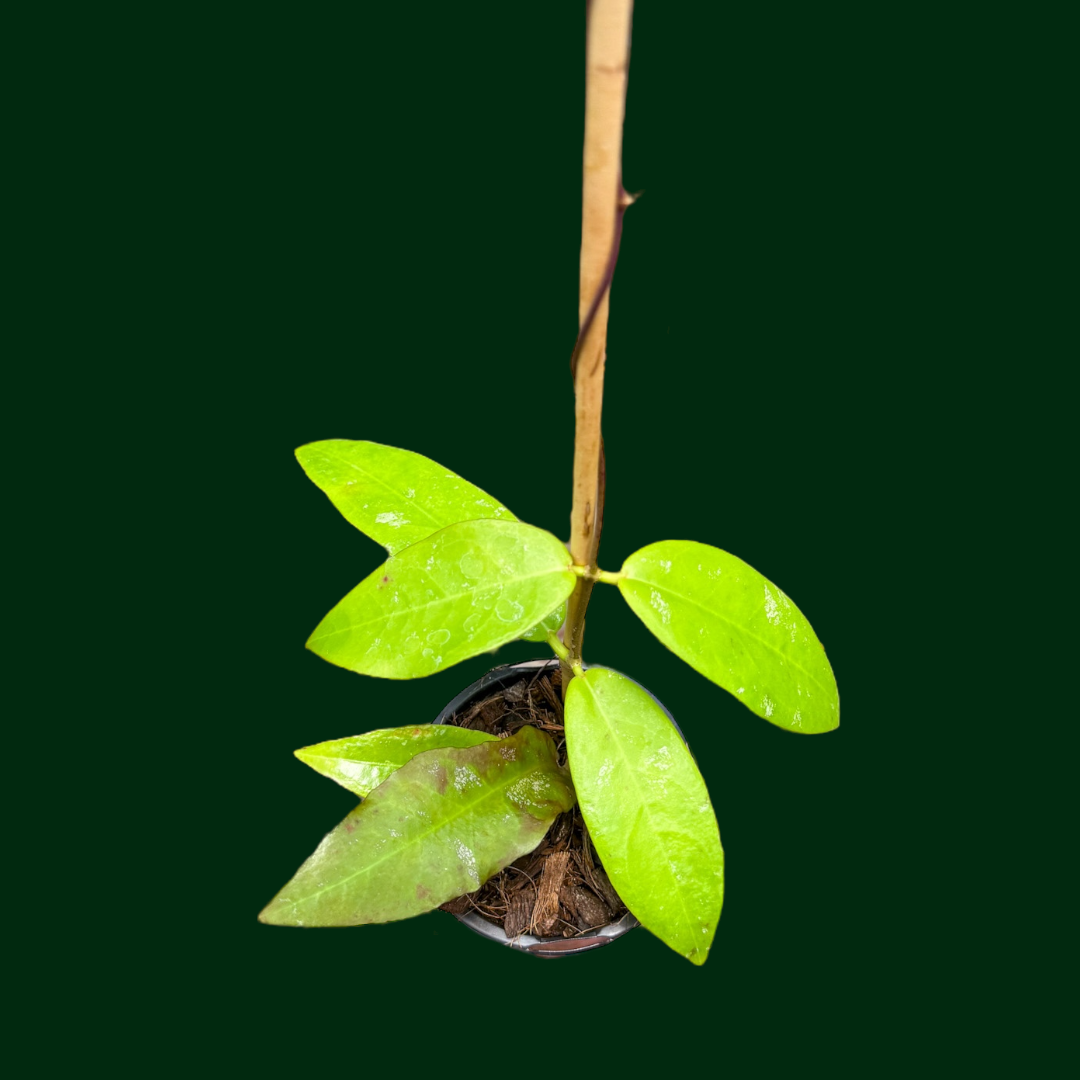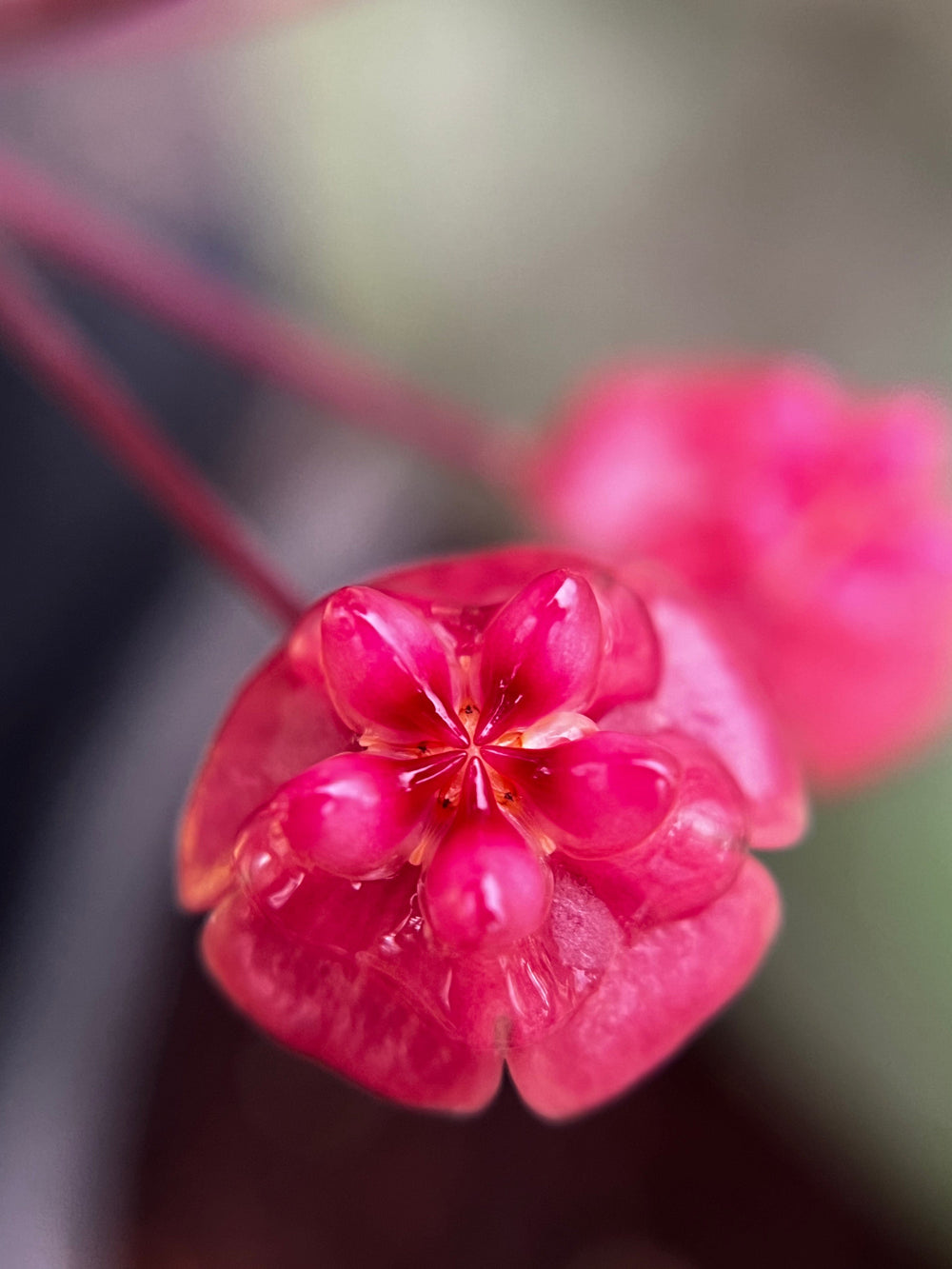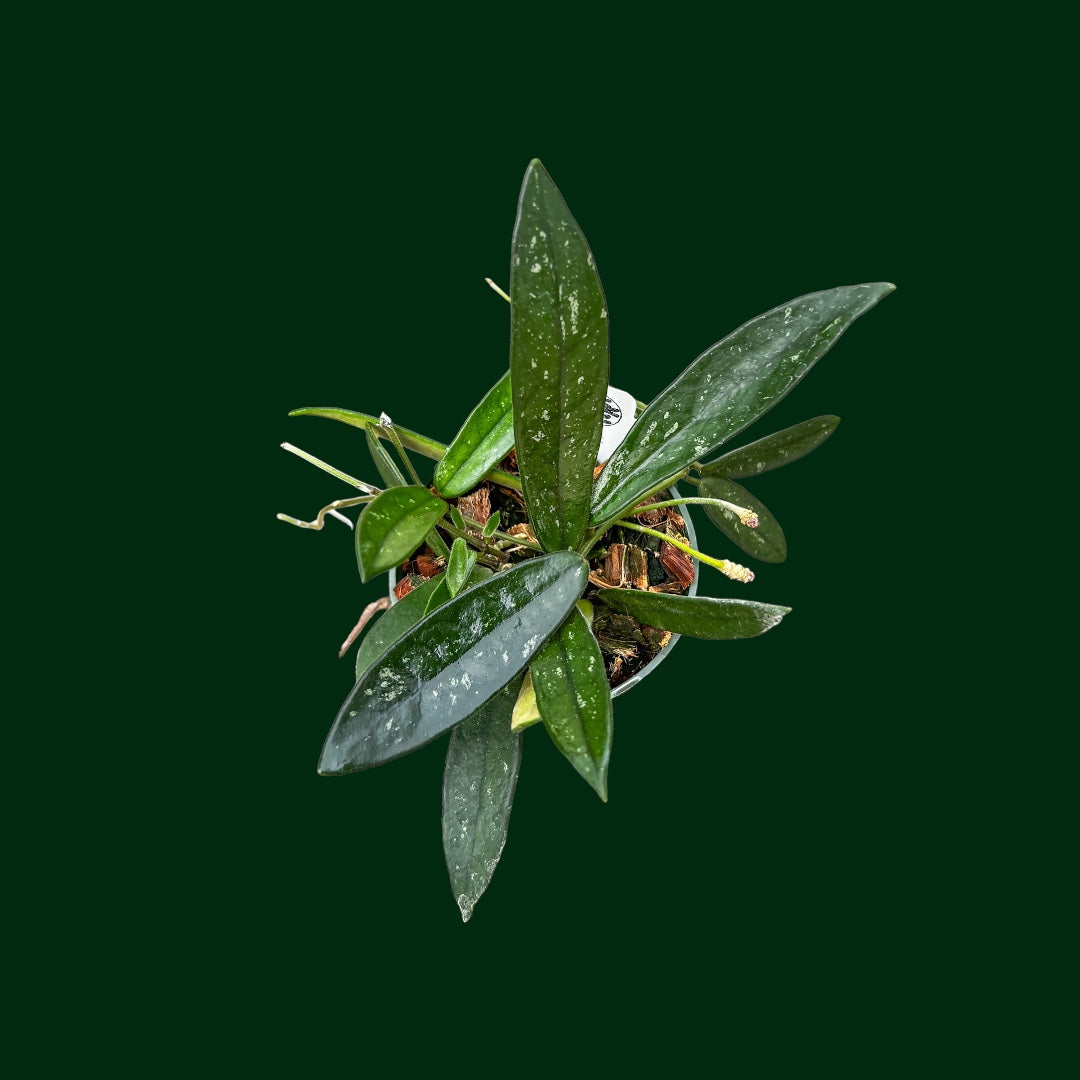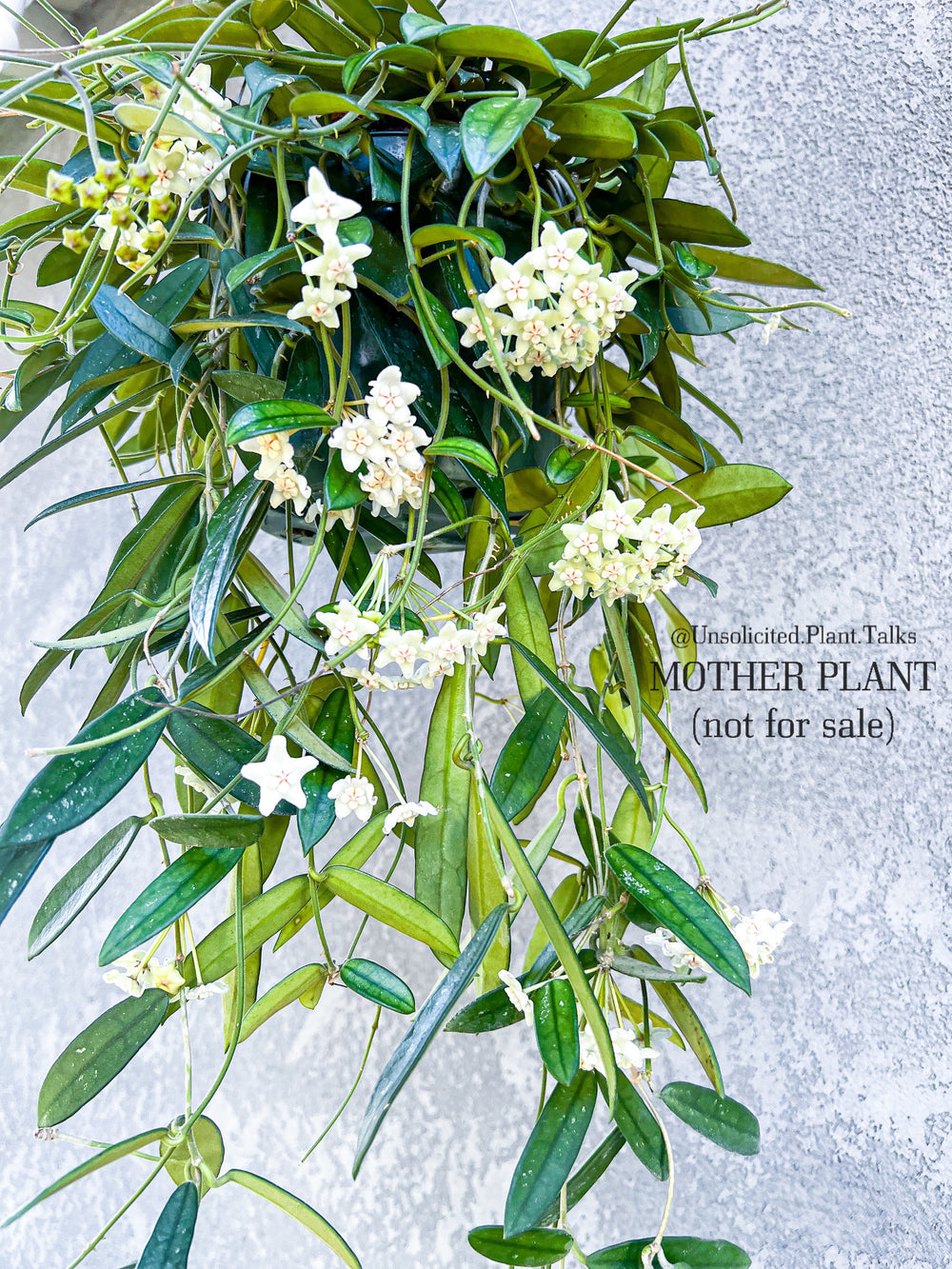The Science of Plant Watering: How to Avoid Overwatering and Underwatering Your Plants
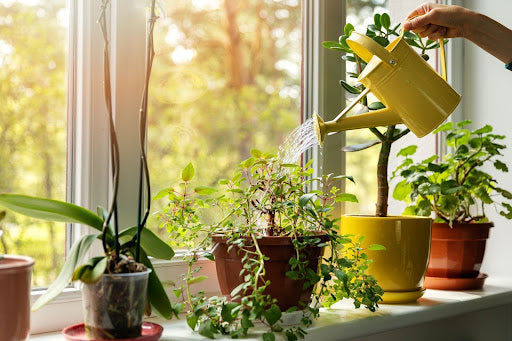
Table of Contents
- Overwatering vs. Underwatering: What’s Really Happening?
- Why It Happens: A Little Plant Science
- How to Tell If Your Plant Is Overwatered or Underwatered
- Watering Tips to Avoid Both Extremes
- More Overwatering & Underwatering Questions
- You’ve Got This
Is your favorite plant thirsty? Or is it drowning? If you don’t have a clue… you’re not the only one.
Watering might seem like Plant Parenting 101, but it’s actually one of the trickiest parts to master — especially when the symptoms of overwatering vs. underwatering look eerily similar.
But don’t worry, Unsolicited Plant Talks is a judgment-free Hoya jungle, and we’re here to decode the mystery together.
Let’s break down the signs, science, and smart tips that’ll help you tell if your plant is overwatered or underwatered — and what to do about it.
Overwatering vs. Underwatering: What’s Really Happening?
At its core, this is about balance. Plants need water to photosynthesize and thrive, but they also need oxygen in the root zone.
Too much water = suffocation. Too little = dehydration.
Here's a quick comparison to help you spot the difference 👇
|
🌱 Symptom |
Overwatered Plant |
Underwatered Plant |
|
Soil |
Constantly wet or soggy |
Bone dry, pulls away from edges |
|
Leaves |
Yellowing, soft, sometimes translucent |
Dry, crispy, browning edges |
|
Texture |
Mushy, limp leaves |
Wilted, thin or shriveled leaves |
|
Smell |
Musty or sour (hello, root rot) |
No noticeable smell |
|
Roots |
Brown/black, mushy |
Dry, brittle |
|
Pests |
Fungus gnats love wet soil |
Spider mites may move in on dry plants |
|
Pot Weight |
Feels heavy for days |
Light as air |
Why It Happens: A Little Plant Science
Let’s nerd out for a sec.
|
Overwatering: Roots sit in soggy soil → oxygen gets squeezed out → roots can’t “breathe” → they rot and can’t take up water, even though there’s plenty of it. Cue the tragic leaf drop. |
Underwatering: The plant doesn’t get enough water → cells lose turgor pressure (their inner water balloon-ness) → leaves collapse, curl, or crisp up. |
Naturally, different plants have different needs. Hoyas, for example, prefer to dry out a bit between drinks. Aroids, on the other hand, might like it a tad more moist.
Knowing your plant’s origin helps tailor your watering game.

How to Tell If Your Plant Is Overwatered or Underwatered
So your plant’s not looking its best — what now?
The good news is that you don’t need a degree in botany to figure this out — just a few senses and a little patience.
Here’s how to do a quick plant check-up:
✅ Touch the Soil: Stick your finger about 1–2 inches down. If it’s moist, wait. If it’s dry all the way through, it's time to water.
✅ Look at the Leaves: Are they yellow and mushy? You’ve likely overwatered. Brown and crispy? Probably underwatered.
✅ Sniff Around: A musty or sour smell usually means root rot is setting in. (Don’t ignore this one — it’s your plant’s cry for help!)
✅ Lift the Pot: Plants in plastic or terracotta pots are great for this trick. If it feels weirdly light, it’s probably thirsty. If it’s heavy after days of not watering, that’s a red flag.
✅ Use a Moisture Meter (Optional but Handy): If you’re a chronic over-thinker, this little tool can offer peace of mind.
And remember, signs can overlap! A droopy leaf doesn’t always mean it’s thirsty — it could be drowning. That’s why checking multiple clues is key.
Watering Tips to Avoid Both Extremes
Getting watering just right is part timing, part technique, and part paying attention. Whether you’re a chronic over-lover or a low-key underwaterer, these tips will keep your green crew thriving.
#1 Choose the Right Pot and Soil
Let’s start with the basics — because your watering technique is only as good as your setup.
First things first, always use pots with drainage holes.
This is the golden rule. No matter how pretty that ceramic pot is, if water can’t escape, your roots are sitting in a swamp.
Next, remember to use well-draining soil tailored to your plant:
Hoyas? Go chunky: orchid bark + perlite + a bit of coco coir.
Aroids? Try a mix that retains some moisture but still breathes (think: potting soil + perlite + sphagnum).
|
🌱 Terracotta vs. plastic? Terracotta absorbs moisture and helps dry things out faster — great for plants that hate wet feet. Plastic retains water longer, which can be a pro or con, depending on your plant and environment. |
#2 Water Deeply, Not Frequently
Quick sips don’t cut it. Give your plants a full drink, and let them tell you when they’re ready for the next one.
Water until it runs out the bottom. This ensures the roots get evenly hydrated — not just the top inch of soil.
Let the soil dry to the plant’s preferred level before watering again:
-
Hoyas and succulents: wait until almost fully dry.
-
Ferns and Calatheas: keep the soil slightly moist.
-
Aroids: let the top 1–2 inches dry out.
|
🌱 Pro tip: Keep a watering log or set a reminder if you’re forgetful. There’s no shame in a Google Calendar called “Check on Philodendron.” |
#3 Use the Touch Test (And Its Upgrades)
Your finger is your best plant tool. Seriously. But it’s not the only tool at your disposal:
-
Finger test: Stick it 1–2 inches into the soil. If it feels dry at that depth, it’s time to water.
-
Chopstick test: Insert a wooden chopstick. Pull it out and check — if it’s dry or only lightly damp, go ahead and water.
-
Moisture meters: A great investment for those who want precision or have trouble reading their plants' signals.
🌱 Bonus move: Lift the pot. A light pot = dry soil. A heavy pot = still moist.
#4 Adjust for Your Environment
Your watering schedule isn’t static — it should shift with the seasons and your surroundings.
-
Light: More sun = more evaporation = more frequent watering. Plants in low light drink more slowly.
-
Humidity: High humidity slows evaporation, especially in closed rooms or greenhouses.
-
Seasonal shifts: In winter, many houseplants go semi-dormant. That means less water, less often. Trust me — winter overwatering is a thing.
#5 Listen to Your Plants
Plants will let you know when they’re thirsty (or drowning). You just need to learn their language.
-
Wilting? Check the soil before assuming it’s dry.
-
Yellow leaves + soggy soil? Overwatering alert.
-
Crispy tips + dusty soil? Time for a drink.
-
Pests appearing? Fungus gnats love overwatered soil. Spider mites? They show up when it’s too dry.
This is where observation skills level you up. The more you check in with your plants, the more natural it becomes.

More Overwatering & Underwatering Questions
Can a plant recover from being overwatered?
Yes — but time is root-critical. If caught early, you can:
-
Remove the plant from soggy soil;
-
Trim off any black or mushy roots;
-
Repot in fresh, well-draining mix;
-
Let it dry out before watering again.
If root rot occurs, treat with a fungicide or cinnamon (nature’s antifungal) and cross your leafy fingers. Recovery is possible, but it might take a few weeks (sometimes months, so be patient).
How often should I water my plant?
Ah, the classic question — with no one-size-fits-all answer. Instead of a schedule, try a rhythm:
-
Check soil moisture weekly (or more often in summer);
-
Use the finger/chopstick test or a moisture meter;
-
Consider your plant’s type, pot, soil, and environment.
The golden rule? Don’t water by the calendar — water by observation.
What’s the best time of day to water my plants?
Morning is the MVP.
Watering early gives the plant time to absorb moisture before the heat of the day and prevents overnight sogginess, which can attract pests or lead to root rot.
Avoid watering at night unless absolutely necessary — especially for plants prone to fungal issues.
Why are the leaves turning yellow; am I overwatering or underwatering?
Great question, tricky answer. Yellow leaves can be a symptom of either issue.
How to tell the difference:
-
Yellow + soft + moist soil = overwatering
-
Yellow + crispy tips + dry soil = underwatering
If the soil is soggy and the leaves are dropping fast? Probably drowning. Dry and curling? Time to hydrate.
You’ve Got This
Whether your plant was too soggy or too dry, remember, you’re not a bad plant parent — you’re a learning one. And that’s what matters.
Next time your plant starts looking a little moody, whip out this guide, do a soil check, and breathe easy. You've got the tools to fix it.
So, are you ready to up your watering game?
Explore our Hoya collection today and add a new plant to your family. With everything you’ve learned today, we’re more than sure you’ll make one of our Hoyas a very happy plant. You’ve got this.



